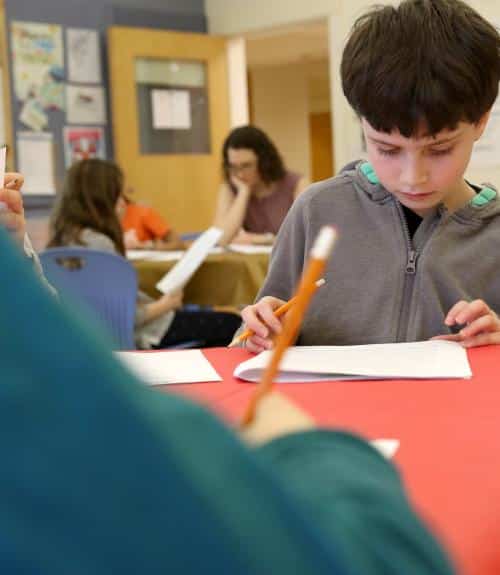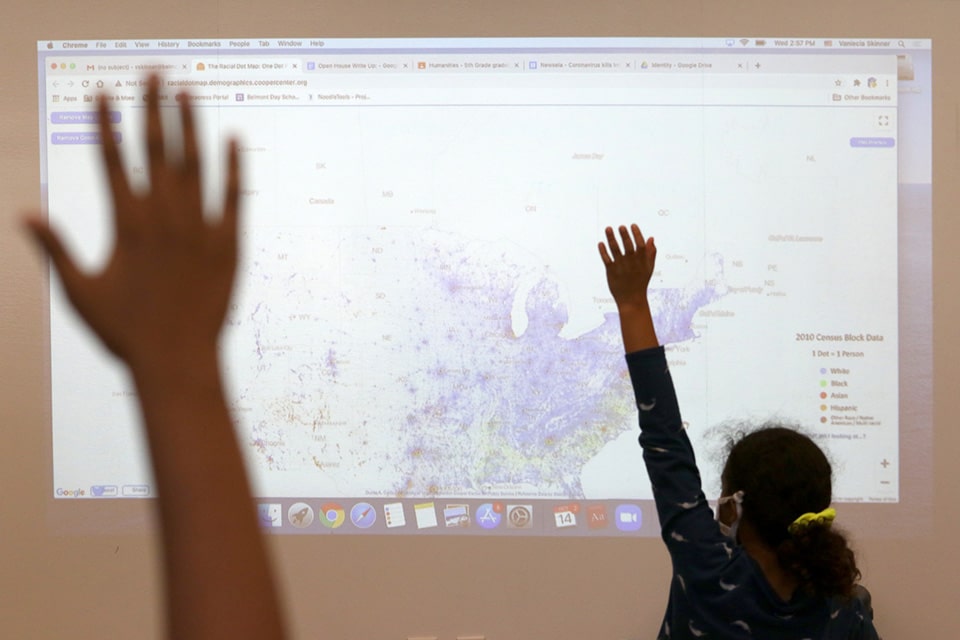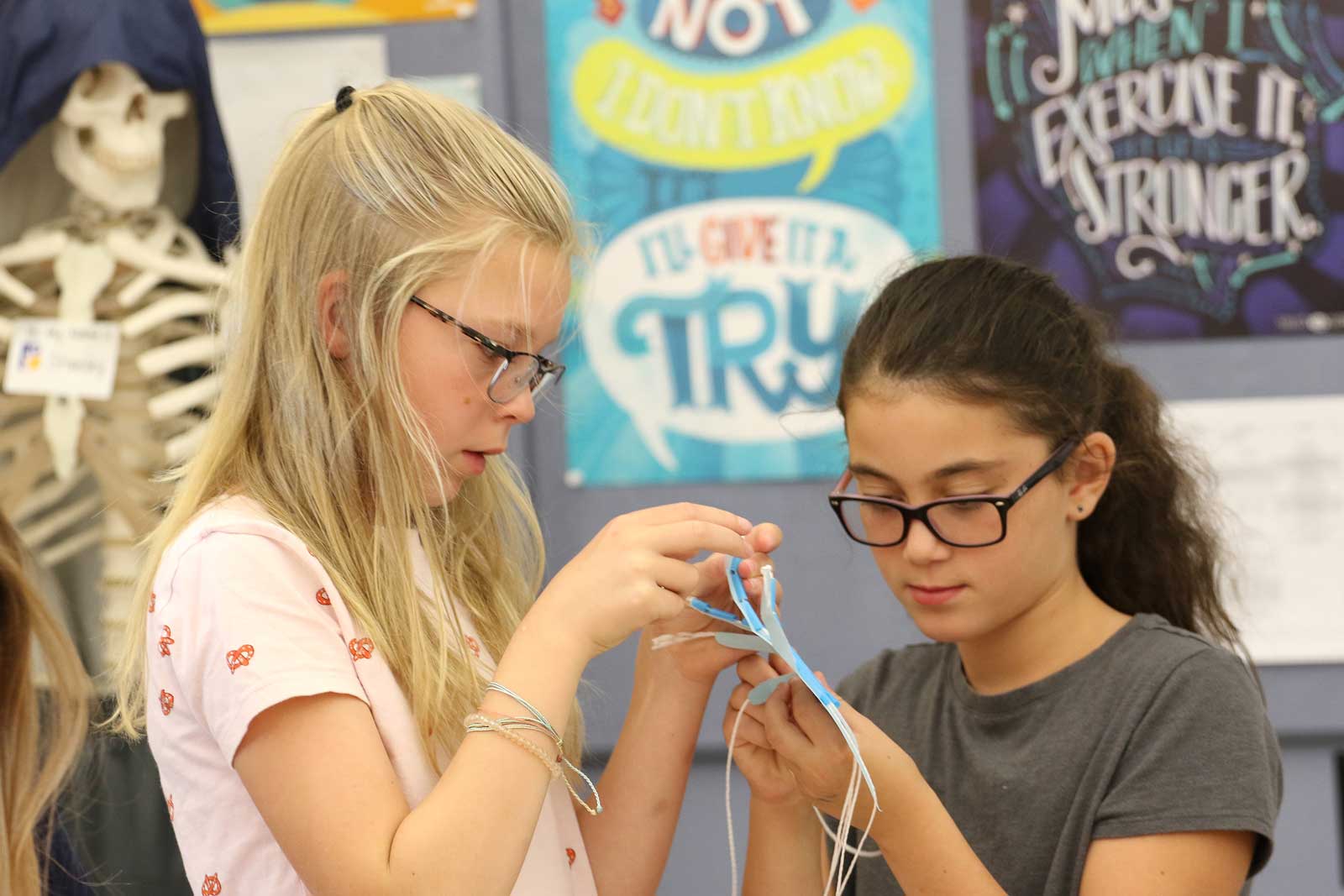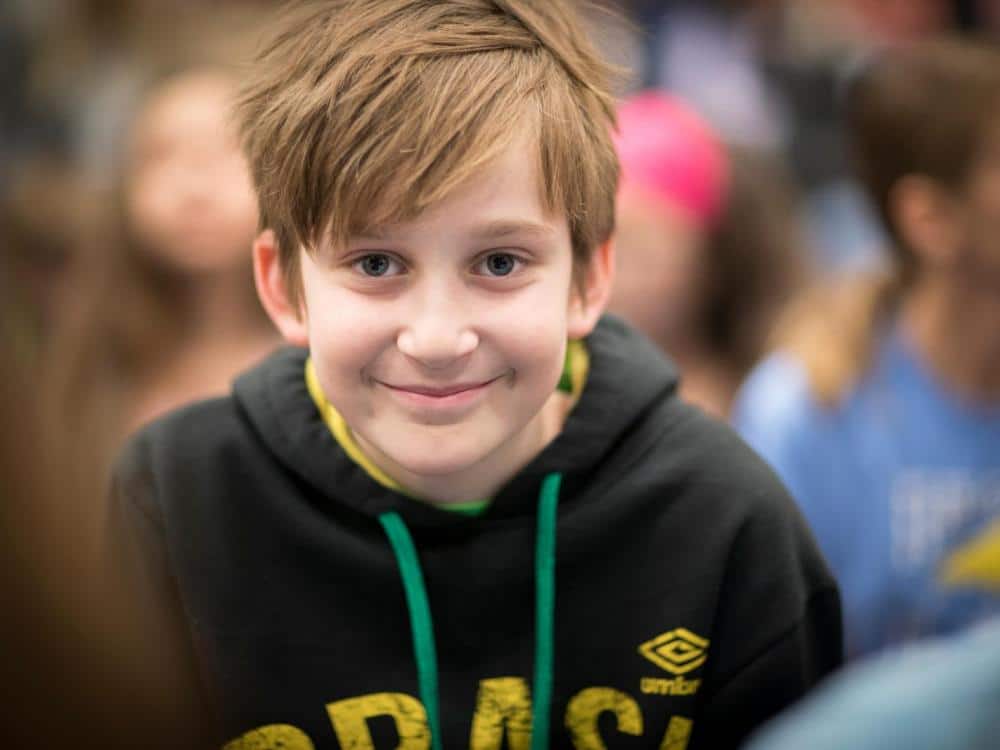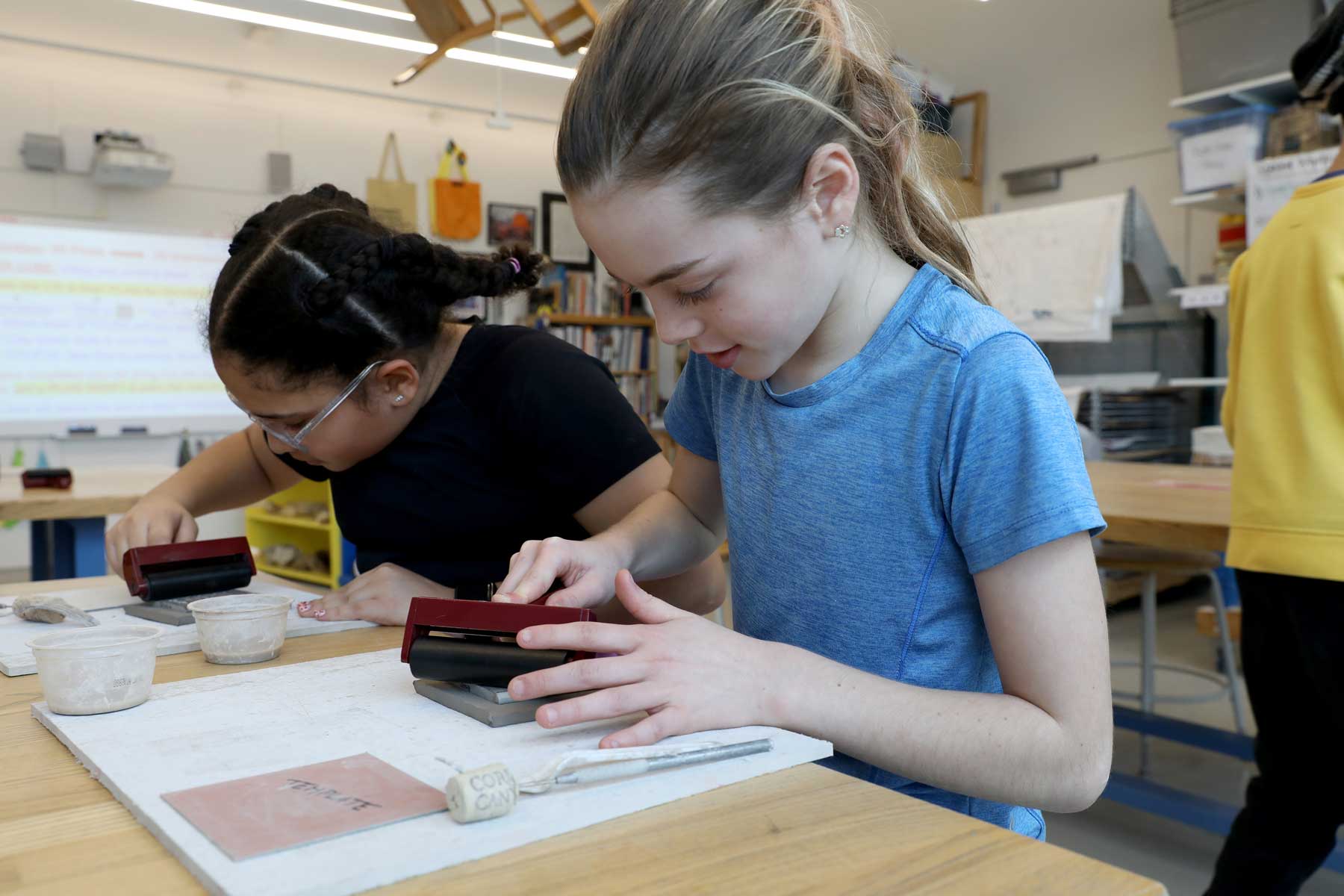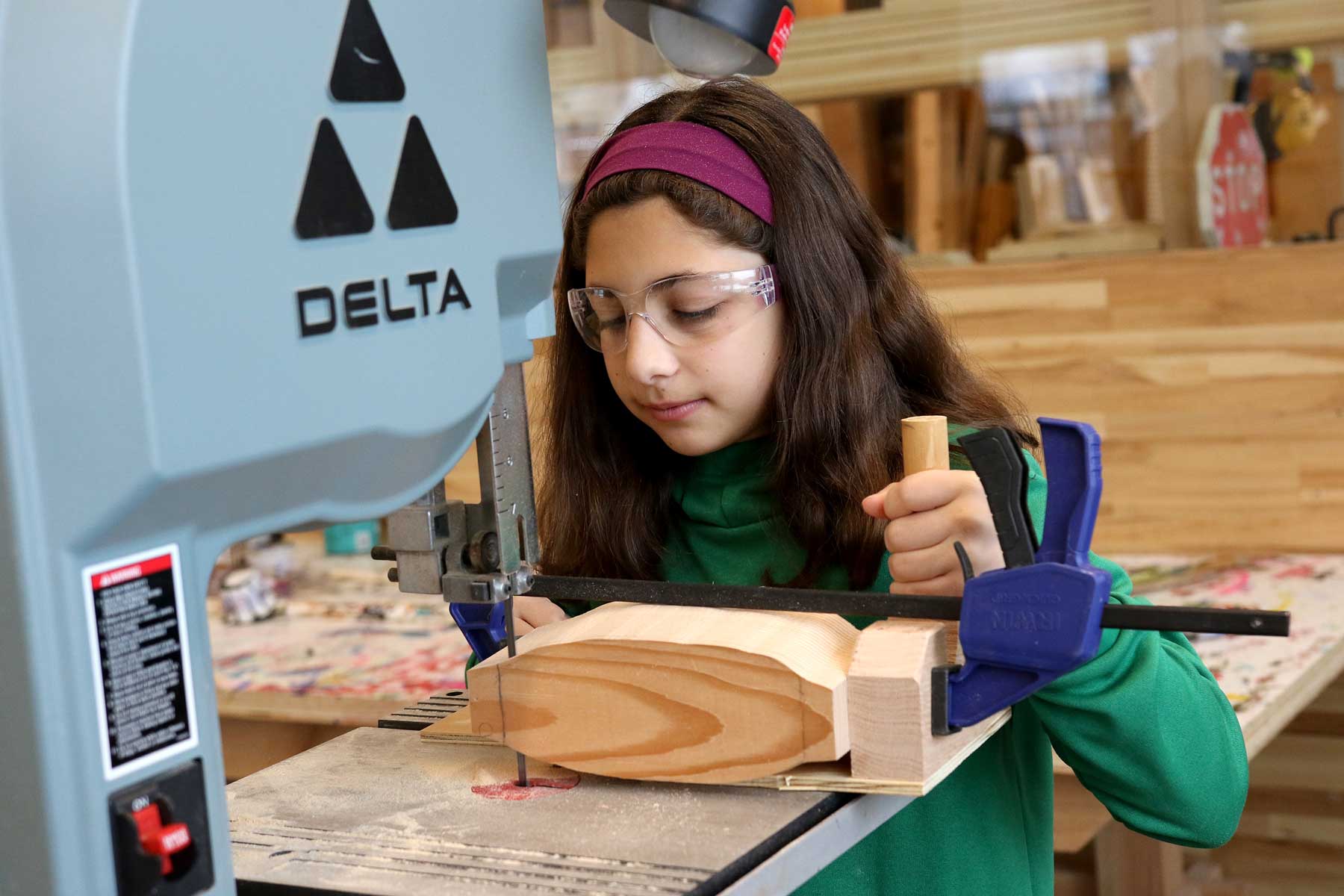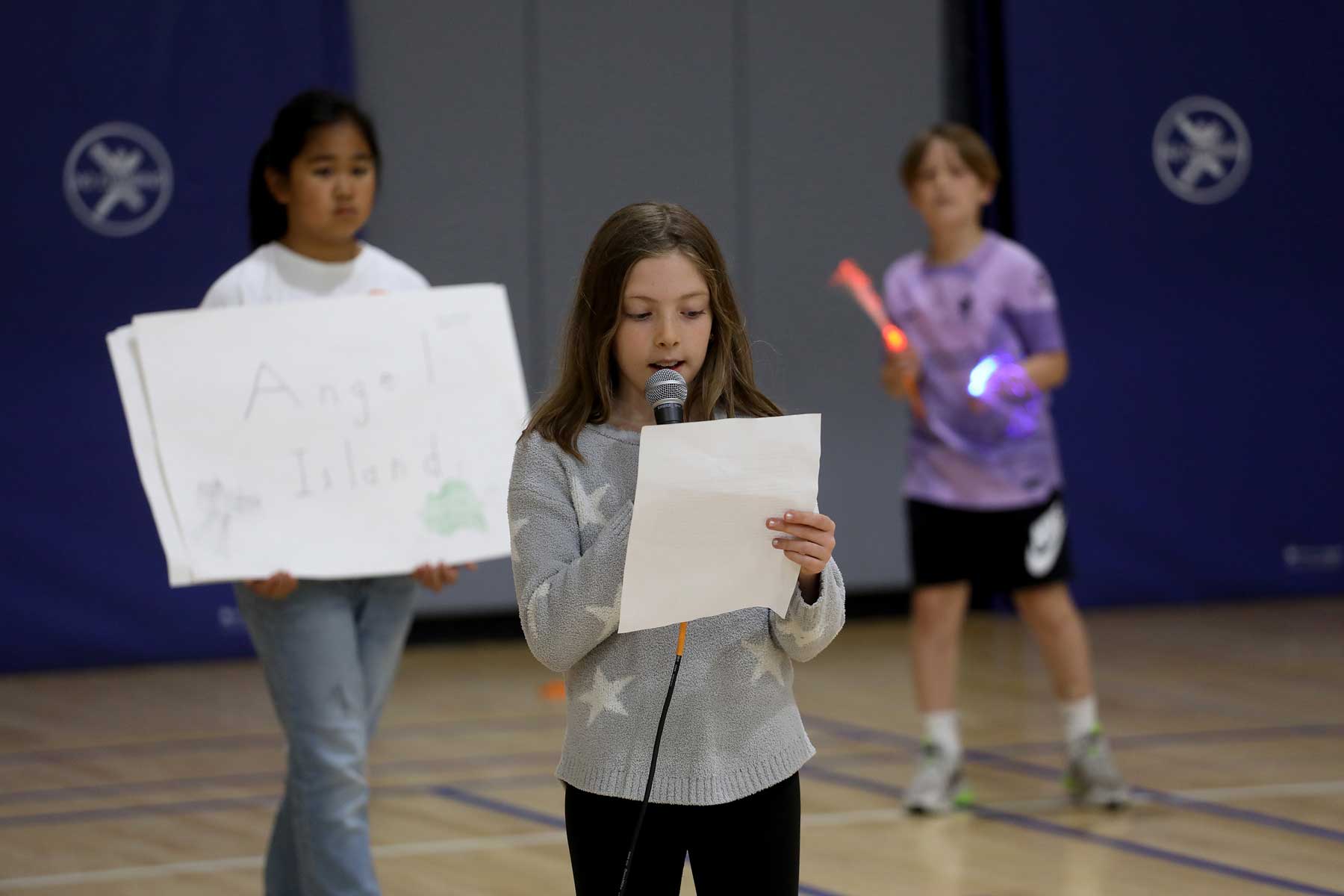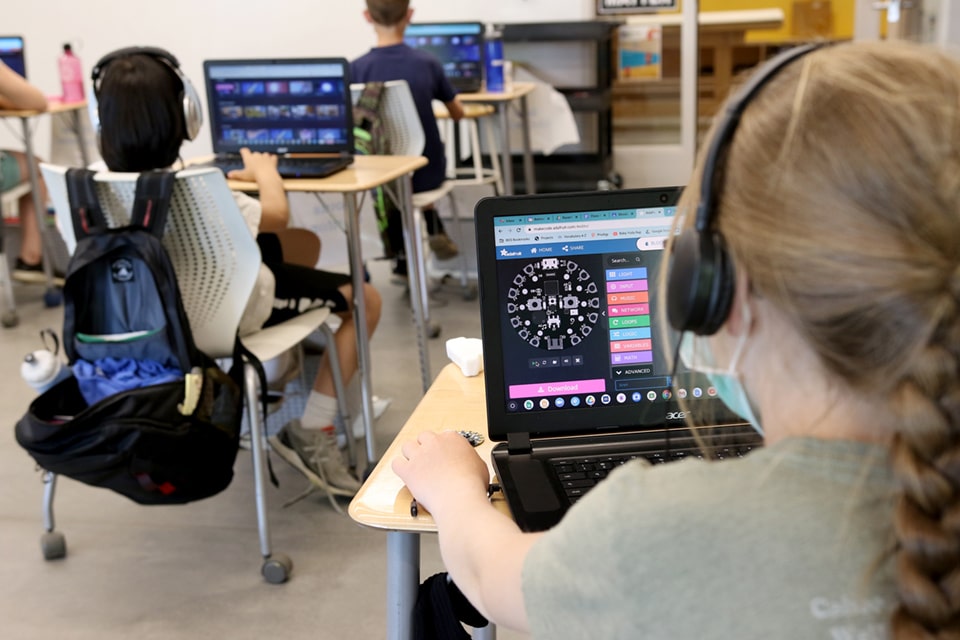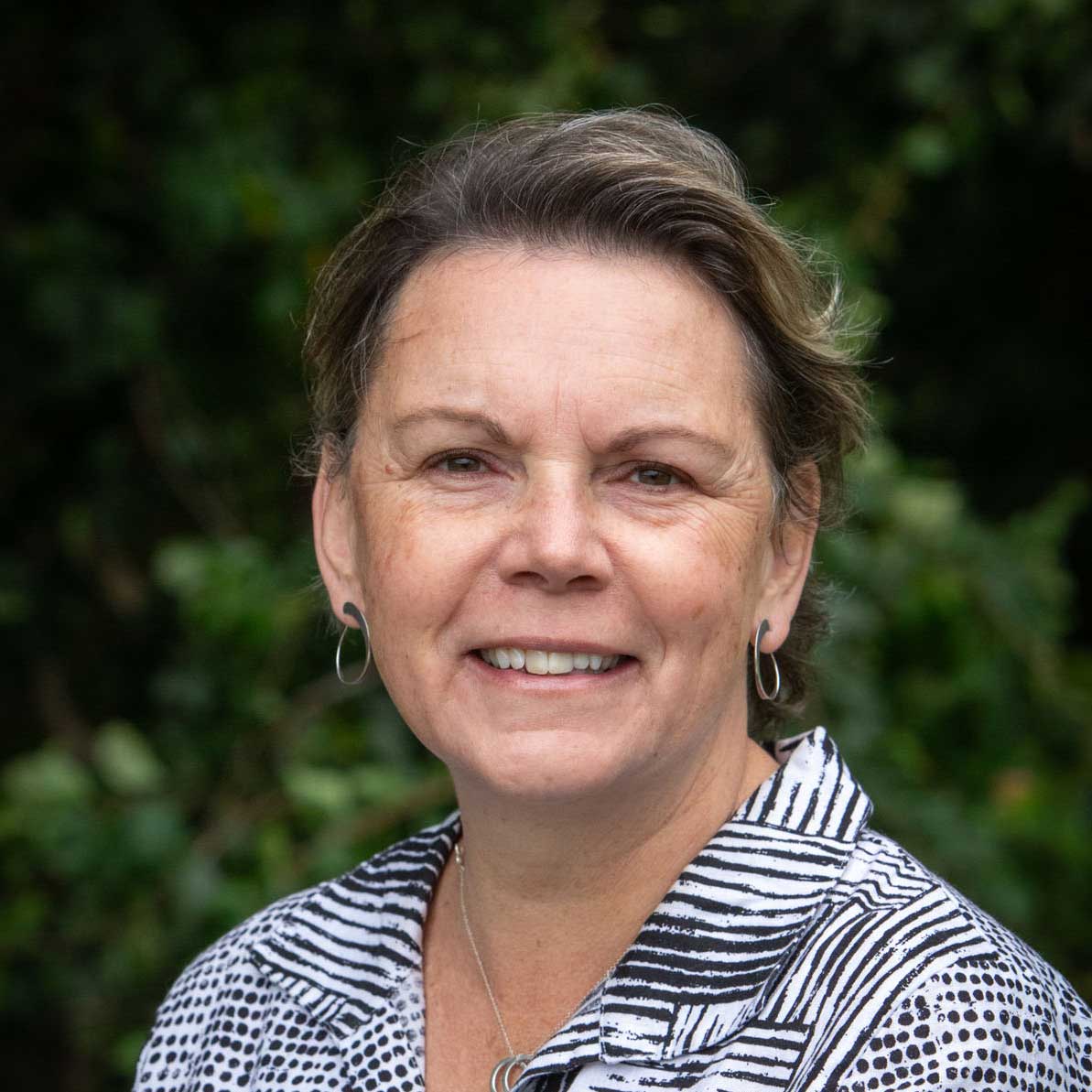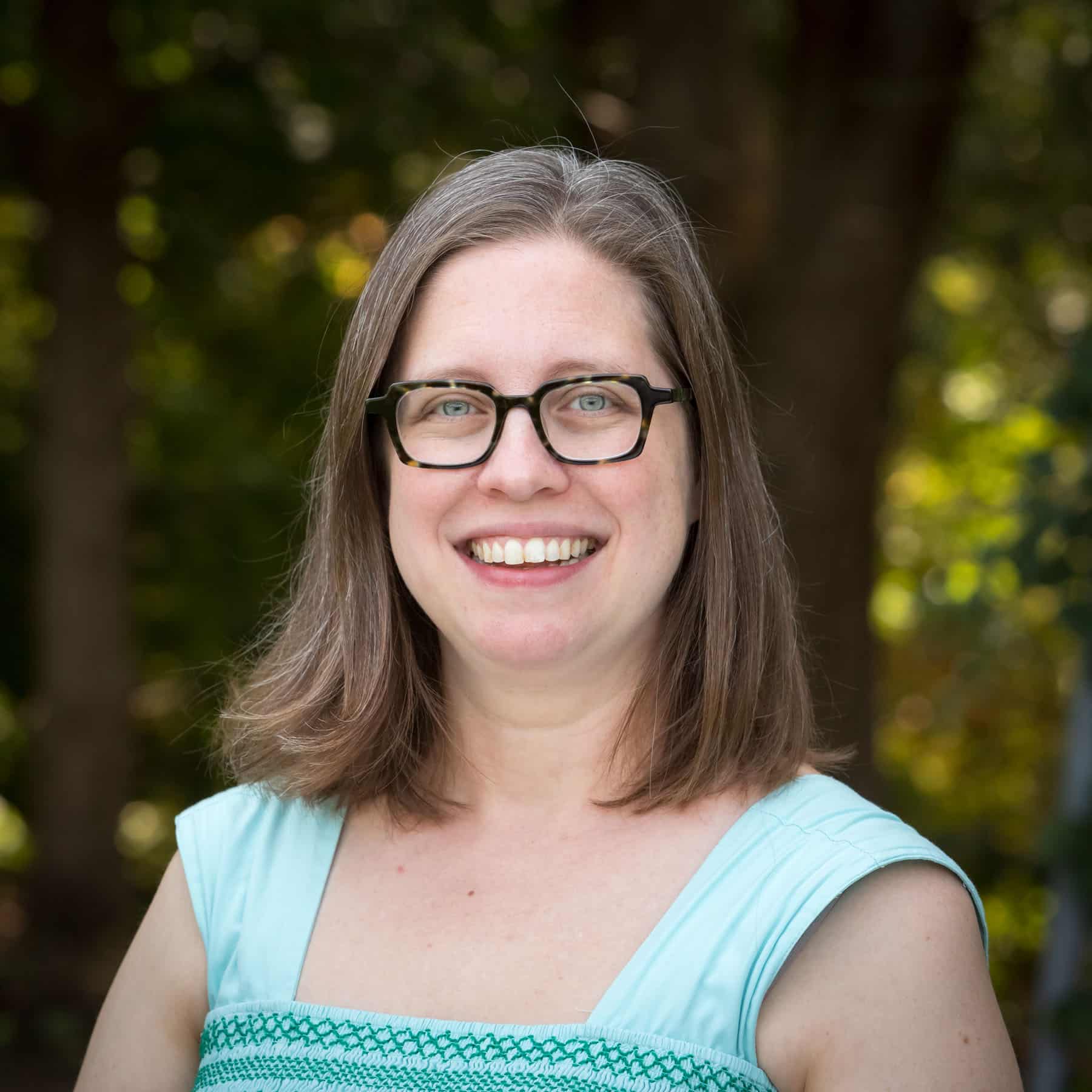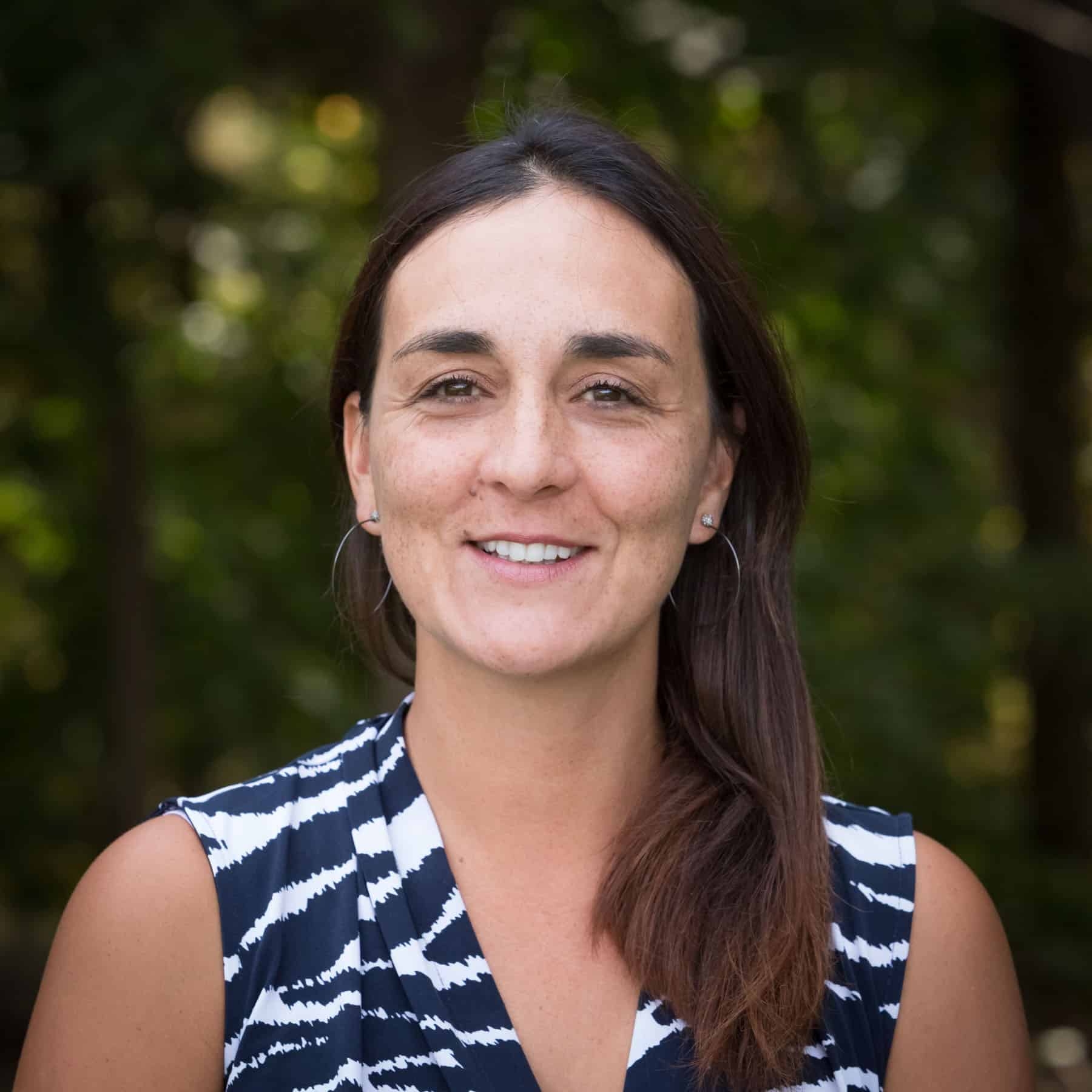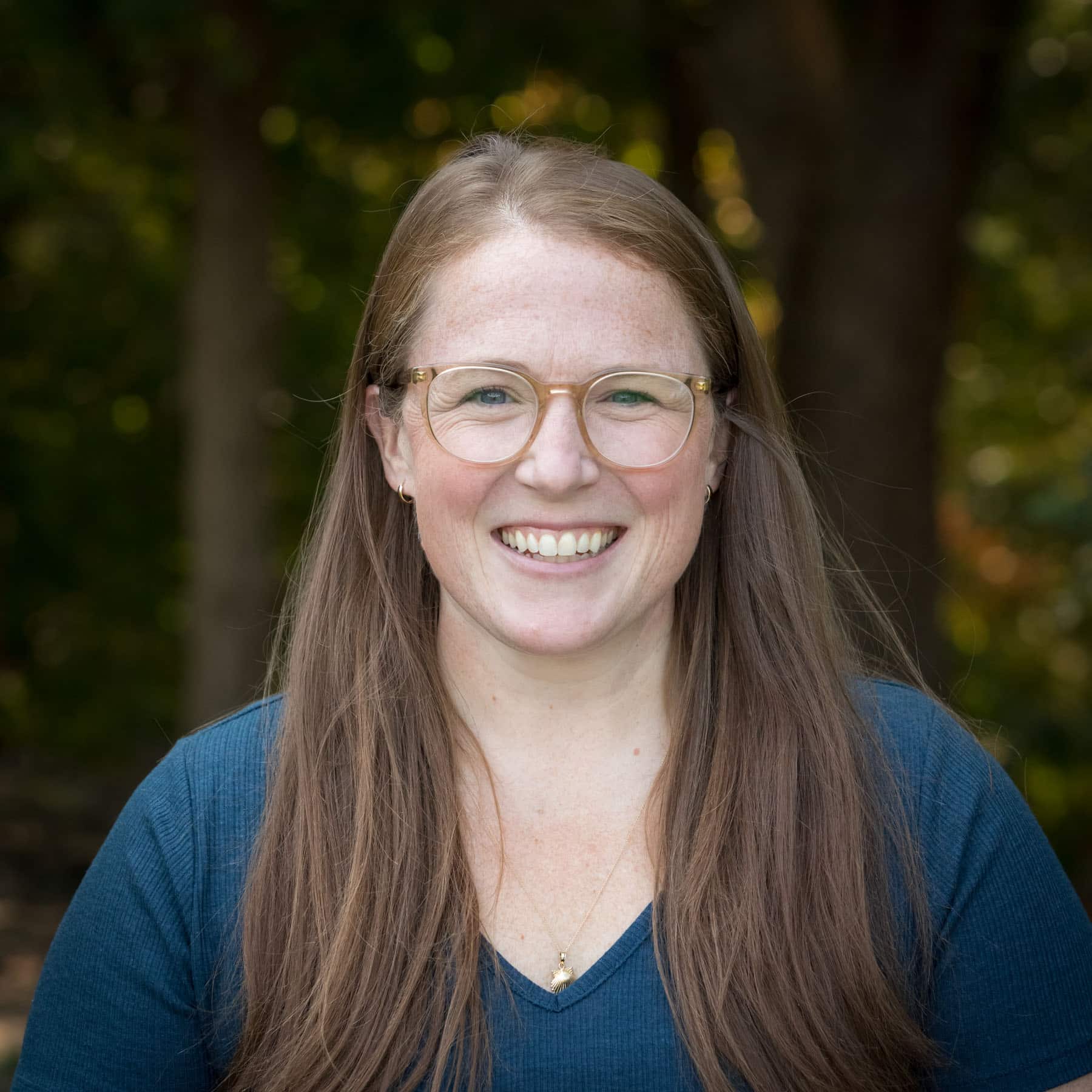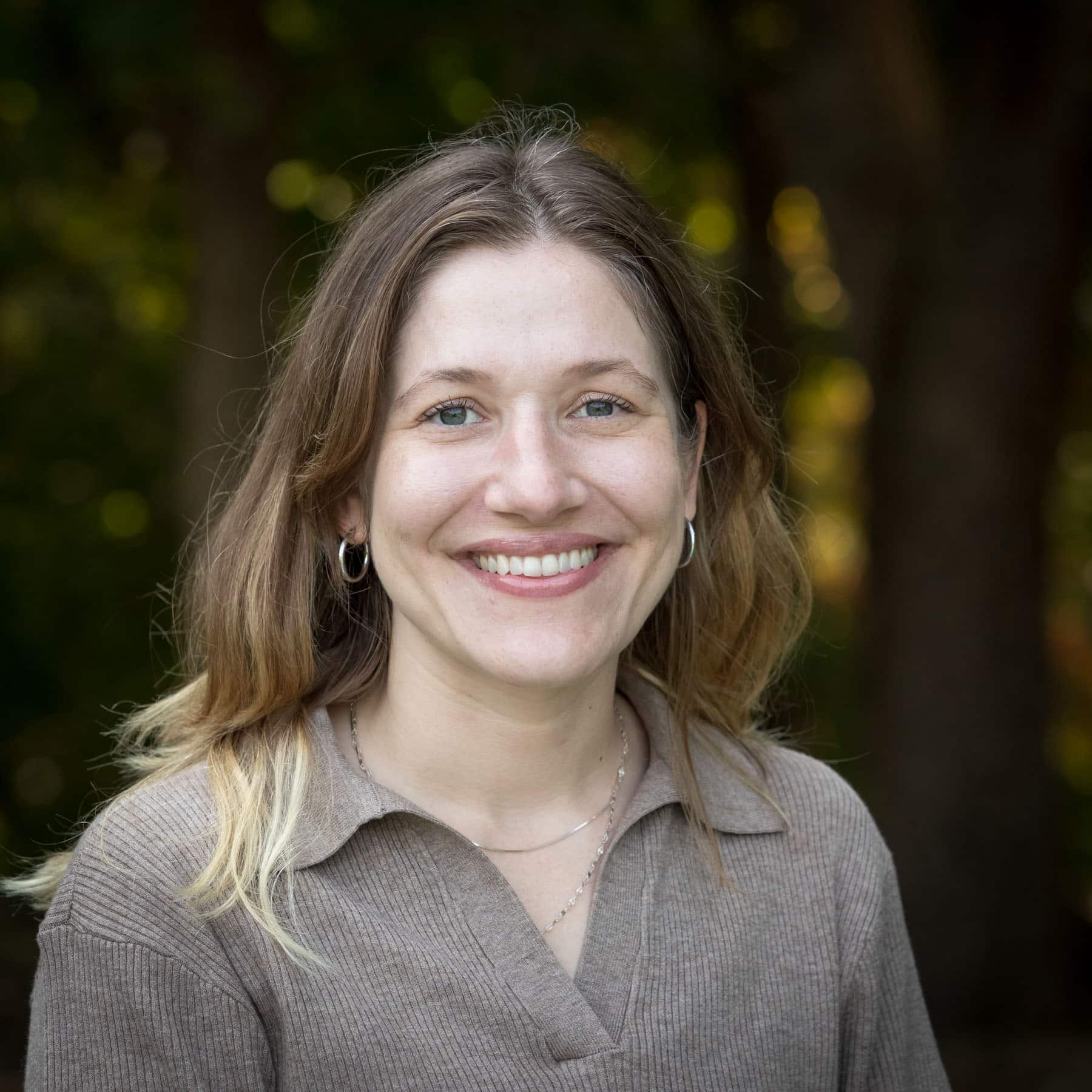
The fifth grade humanities program fosters student enjoyment of literature and provides rich experiences for students to become fluent readers and researchers. A variety of quality texts expand students’ vocabulary, promote literal, inferential, and evaluative reasoning, and develop students’ word recognition skills and comprehension. Students are taught in both whole class and small groups and receive direct instruction. Teaching techniques are student-centered and encourage higher-order thinking skills. Large or small group activities may include: hands-on activities, role-playing, debates, creative projects, oral and silent reading, discussion, research, and analyzing primary documents.
Reading
Our fifth grade students will:
- identify and summarize the main idea
- identify supporting detail
- recognize and understand literary elements: character, setting, conflict, resolution, point of view, cause and effect
- recognize and understand figurative language: simile, metaphor, personification, symbolism
- recognize style and tone
- analyze words and extend vocabulary
- develop word recognition skills and comprehension strategies
- develop literal, inferential, and evaluative reasoning
- organize and sequence events
- differentiate fact from opinion
- compare and contrast information
- participate in Socratic seminars
Class Books:
- Summer reading choice
- Morning Girl
- The Arrival
- Esperanza Rising
Writing
The fifth grade writing program is designed to develop students’ skills as writers and organized thinkers. Students engage in grammar and spelling intensives. One semester is focused on grammar; the second on spelling. They review and are introduced to new spelling patterns and grammar terms. Students use their writer’s notebooks for creative writing assignments, including poetry, individual free-writing, and classroom assignments. They practice their writing in a variety of ways such as through independent and in-class assignments, editing exercises, and written assignments from various subject areas. The fifth grade research paper on an important activist is a major project. Time is spent on each step of the research paper process: writing introductions and conclusions, gathering information, and organizing information using an outline. Students then write a rough draft, planning transitions between paragraphs. The editing process involves individual editing, working with a peer, and working with a teacher to identify areas for improvement based on rubrics the students develop themselves.
Our students will:
- see themselves as writers
- use writing as a form of communication for a variety of purposes and audiences
- express themselves clearly and confidently through writing
- understand that good writing is a recursive process consisting of planning, drafting, revising, editing, and publishing
- use strategies for monitoring their learning and getting help
- use the mechanics of writing (e.g., grammar, punctuation, usage, spelling) in order to construct meaning
- expand their vocabulary
- share writing and receive feedback
- organize and sequence ideas
- write in different genres
- understand and demonstrate the process for writing research papers
Listening and Speaking
Through small and large group discussions, conversations, role-playing, oral reports, presentation of projects, weekly class meetings, and assemblies the students develop skills in listening attentively, comprehending and retaining information, and presenting ideas to a group.
Our students will:
- develop clear and logical oral expression and reasoning
- develop clear articulation
- develop appropriate voice modulation in a variety of situations
- develop appropriate ways to speak to others
- demonstrate attentive listening
- retain oral information
- demonstrate self-confidence in a variety of speaking situations
- learn to record information given orally


